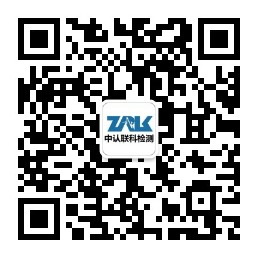Smart switch refers to a unit that uses the combination and programming of the control board and electronic components to realize the intelligent switch control of the circuit. Switch control is also called BANG-BANG control. Because this control method is simple and easy to implement, it is used in the control of many household appliances and lighting fixtures. However, smart switches are AV/IT products. If you want to enter the US market, you need to apply for FCC-ID certification.
The smart speaker is a product of a speaker upgrade. It is a tool for home consumers to use voice to surf the Internet, such as on-demand songs, online shopping, or understanding the weather forecast. It can also control smart home devices, such as opening curtains and setting refrigerators. Temperature, let the water heater heat up in advance, etc. But what should we do if we want to apply for EMC testing for this wireless smart product? Let\'s take a look together!
The LED lamp is an electroluminescent semiconductor material chip, which is cured on the bracket with silver glue or white glue, and then connects the chip and the circuit board with a silver wire or gold wire. The surrounding is sealed with epoxy resin to protect the inner core wire. Function, finally install the shell, so the LED lamp has good seismic performance. However, if LED lamps want to export to the EU market, they need to apply for CE certification?.
The wireless camera is a new type of surveillance camera that embeds the wireless receiver into the network camera. In today\'s security work in all walks of life, wireless cameras play an irreplaceable role. However, in order to enter the domestic market, the wireless cameras we see generally need to apply for SRRC certification?.
Recently, Oeko-Institut eV released the final evaluation report of Pack 15, recommending that medium chain chlorinated paraffins (MCCPs) and tetrabromobisphenol A (TBBPA) be included in the EU RoHS Directive Annex II restricted substances list. Reasons for recommendation The main reason is that these two substances pose a significant risk of exposure to workers, consumers and the environment. Later, the European Commission will make a final decision with reference to the recommendations in the report.
The US CPSC and CBP began reforms on March 22 and will fully implement \"Two Way Messaging\". All products within their jurisdiction will be marked for review.
On December 9, 2020, the Department of Business, Energy and Industrial Strategies (BEIS) announced that England, Wales and Scotland comply with the Toys (Safety) Regulations 2011 (SI2011/1811 as amended) designated toy safety standards List, and will take effect on January 1, 2021.
Wireless charging is a device that uses the principle of electromagnetic induction to charge. By placing a coil at the transmitting and receiving ends, the transmitting coil sends an electromagnetic signal to the outside under the action of electric power, and the receiving coil receives the electromagnetic signal and converts the electromagnetic signal into Electricity, so as to achieve the purpose of wireless charging, but in general, whether this kind of wireless products are directly exported or put on the Japanese Amazon platform, they need to apply for the Japanese PSE certification.
Learn the latest exciting content
